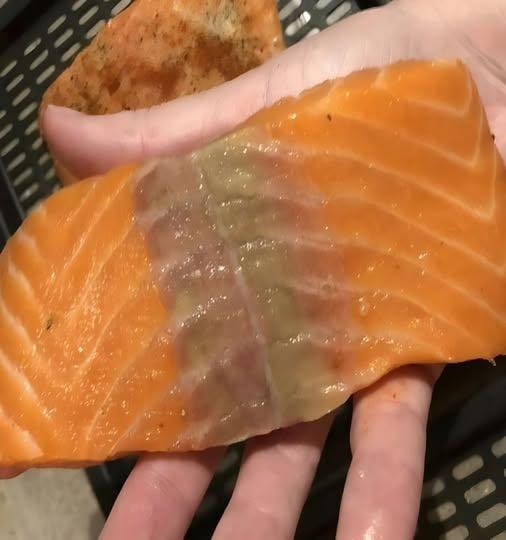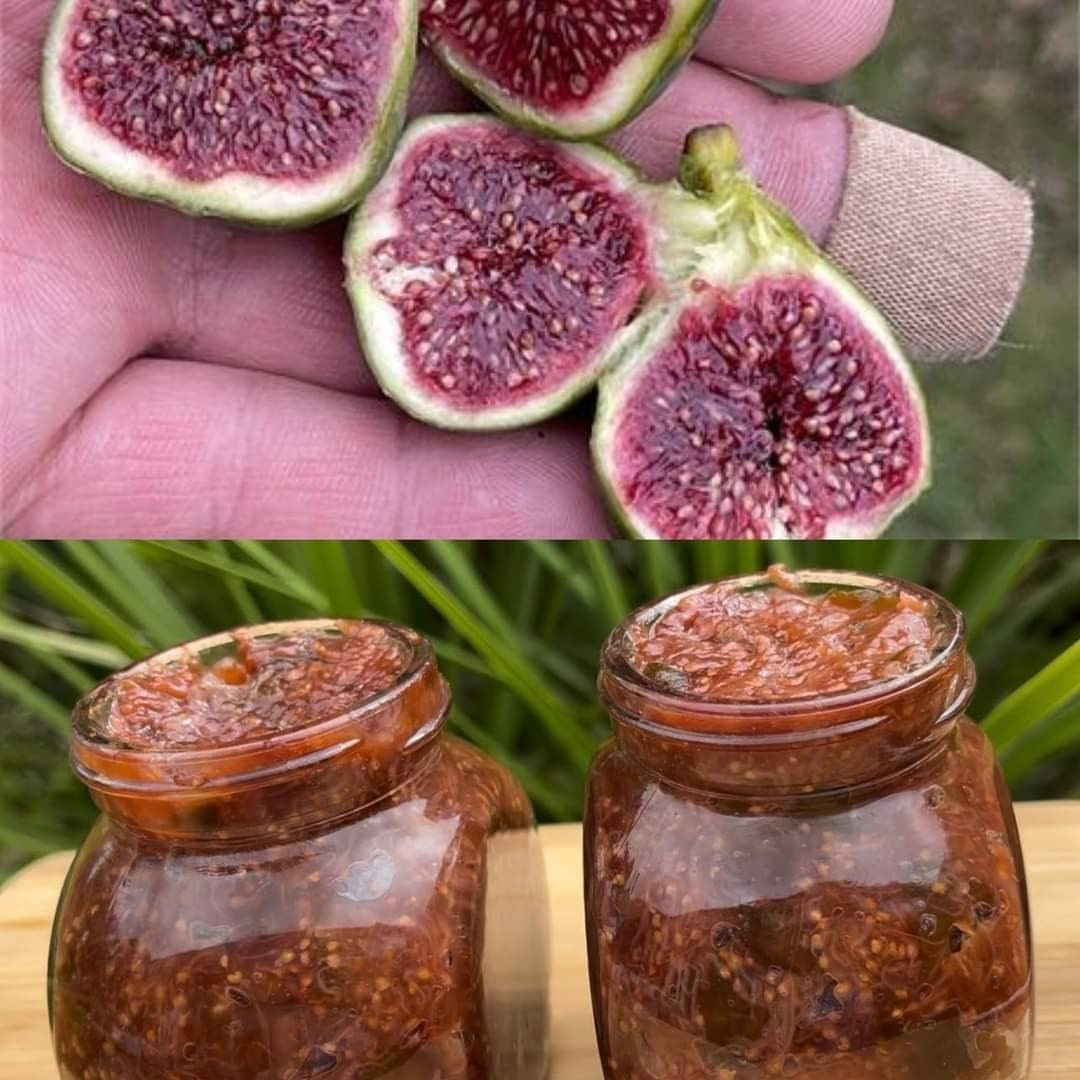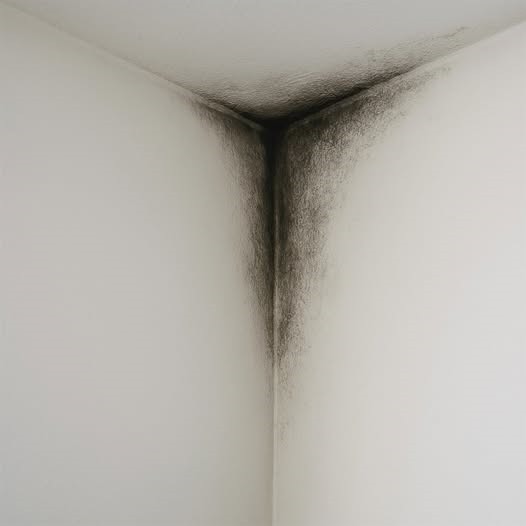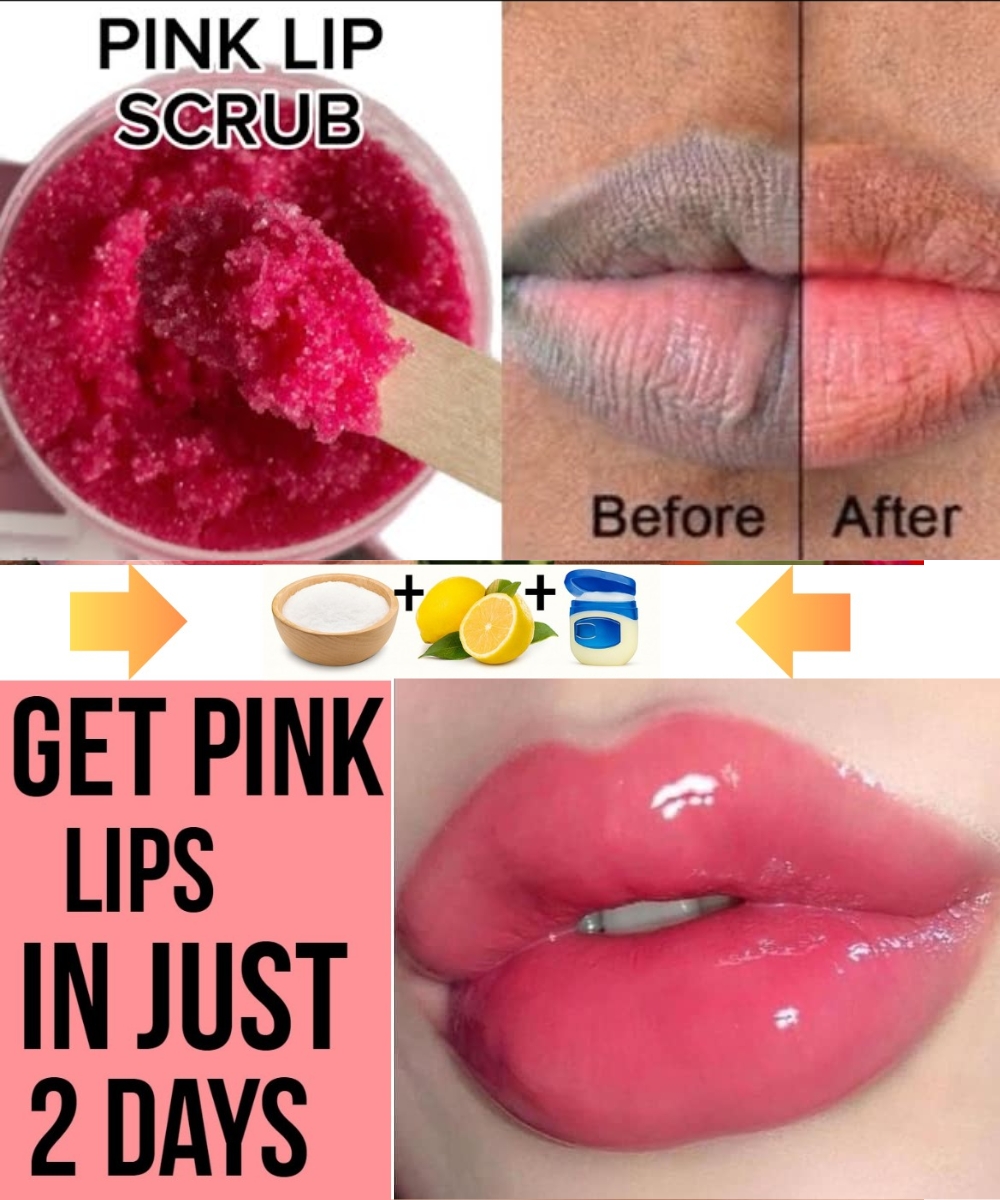That Yellow Stain on Your Salmon: Is It Safe to Eat?
Finding a yellowish discoloration on your salmon, particularly after a week in the fridge, can be alarming. Let’s explore the potential reasons behind this change in color and determine whether it signals spoilage or something less serious.
Understanding the Yellow Hue: Oxidation and Beyond
One common culprit is oxidation. Salmon, being rich in healthy omega-3 fatty acids, is particularly susceptible to this process. These fatty acids, when exposed to oxygen in the air, can undergo a chemical reaction that leads to a yellowish tinge in the flesh. Think of it like an apple browning – a similar process, albeit with a different outcome visually.
The Oxidation Factor: Flavor and Texture Impact
While oxidation itself doesn’t automatically render your salmon unsafe to consume, it significantly impacts its quality. The delicious taste and delicate texture you expect from fresh salmon will likely be compromised. You might notice a slightly off-putting flavor or a drier, less appealing texture. The degree of alteration depends on the extent of oxidation.
The Spoilage Specter: When Yellow Means Danger
A yellow stain isn’t always just about oxidation. Bacteria growth is a serious concern, especially if your salmon has been improperly stored or left at room temperature for any significant length of time. This bacterial activity can manifest as a yellowing discoloration alongside other warning signs.
Identifying Spoilage: Beyond the Color

Don’t rely solely on color. If you suspect spoilage, examine your salmon closely. Look for other indicators, such as:
- A strong, unpleasant odor: This is a crucial sign of bacterial contamination. Fresh salmon has a mild, almost sweet aroma.
- Slimy texture: A slimy or sticky surface is another clear indication that bacteria are at play.
- Unusual discoloration beyond yellow: Notice any areas that are discolored beyond a simple yellowing, such as greenish or grayish patches. These are definite signs of spoilage.
Safe Handling Practices: Preventing Yellowing and Spoilage
To minimize the chances of encountering a yellow stain on your salmon, proper storage is paramount.
Storing Salmon Properly: Maximizing Freshness
- Wrap tightly: Use airtight packaging or wrap your salmon securely in plastic wrap to limit oxygen exposure.
- Refrigerate promptly: Place your salmon in the coldest part of your refrigerator as soon as possible after purchase.
- Use within a few days: Fresh salmon is best enjoyed within 2-3 days of purchase for optimal flavor and texture. Freezing is an option for longer storage.
If you’re unsure about the safety of your salmon, err on the side of caution. Discarding potentially spoiled fish is far better than risking food poisoning. The yellow stain might be harmless oxidation, but it’s always wise to prioritize food safety.




